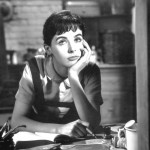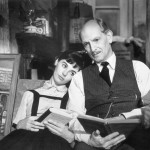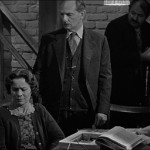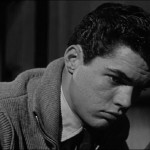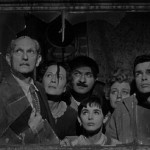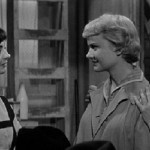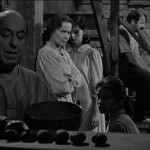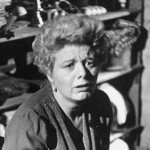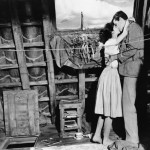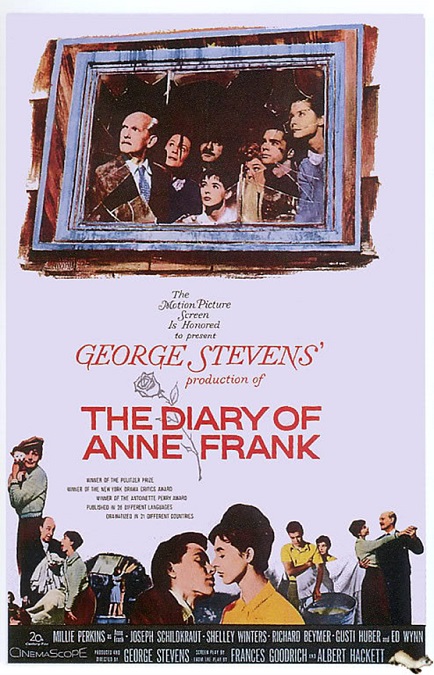
The Diary of Anne Frank – 1959
I saw this movie a very long time ago when I was in High School, and I had forgotten how amazing the film was. Not only was the acting fantastic, but the directing was masterfully done. The incredible score and the wonderful cinematography combined to create a tension that was an integral part of the plot.
The film starred Milly Perkins as Anne Frank, a 13 year-old Jewish girl living in Amsterdam during WWII. Her family went into hiding above a spice factory, aided by Kraler and Miep, played by Douglas Spencer and Dodie Heath, respectively, owners of the factory who were sympathetic to the plight of the Jews.
The Frank family included Anne’s father, Otto, played by Joseph Schildkraut, her mother, Edith, played by Gusti Huber, and her sister, Morgot, played by Diane Baker. With them were the Van Daan family with Lou Jacobi playing the part of the father, Hans, Shelly Winters playing the part of the mother, Petronella, and Richard Beymer playing the part of their son, Peter. And finally, Ed Wynn played the part of Albert Dussell, a dentist who needed a place to go into hiding.
I think it is important to mention the entire cast because they all did such a wonderful job, turning in some masterful performances. Winters, Perkins, and Huber, in particular, caught my attention. The realistic quality of the entire film was incredible, and was really driven home by the director, George Stevens. The film is, of course, based on a Broadway play, which was based on the actual diary of Anne Frank, which offered a unique perspective on the horrors of the Second World War, arguably one of the darkest and most gruesome events in human history.
The two families, three if you include Mr. Dussell as a family, spent two years cooped up in the loft of the factory. That means 8 people living in one tiny apartment from 1942 to 1944, never leaving, never having privacy, and never fully understanding what is happening in the outside world. And if that were not enough, the conditions under which they were forced to live were strict and inviolate. Between the hours of 8:00 in the morning and 5:00 in the evening, every day, they were required to live in a world of complete silence. No noise of any kind could be made, ever, or all their lives would be forfeit. How they survived that long under those conditions is beyond me.
But what was even more amazing was the fact that they were all, for the most part, able to keep their spirits up. There were times when they quarreled, and even a major argument where Mrs. Frank was ready kick the Van Daan family out into the street. But they endured, and they survived. And Anne was the most amazing one of them all. After everything, after all that she was being forced to endure, she still believed in the innate goodness of mankind.
The romance that evolved between Anne and Peter was almost inevitable, and Perkins and Beymer played it perfectly. It was not about sex or teenage hormones, but about shared hardship and the desire to comfort and be comforted. Of course it was believable. It happened, though Hollywood made it just a little more romantic than reality.
The film’s best moments were those in which the tension inherent in the silent hiding was brought to the foreground. The ultimate downfall of the poor people was a thief who broke into the factory, trying to steal the contents of a safe. During the hours when the family could live without the fear of making any noise, the criminal forced them into silence while he burglarized the factory, eventually getting away with a typewriter. It was this stolen typewriter that eventually led the Nazis to the factory, and the arrest of the Jewish families.
The film is nearly 3 hours long, but it felt shorter. It is a story that is easy to get drawn into. The excellent score by Alfred Newman did a great job of helping to build the claustrophobia and the tension that dominated the narrative. The tight camera angles and the confined set were well thought out, and the engaging plot was actually one that celebrated the resilience of the human spirit, despite the sad and tragic ending.
Incidentally, it is interesting to know that after their arrest, the Frank Family was deported to Auschwitz. There, Anne was separated from her father. Later, she and Margot were sent to Bergen-Belsen without their mother. It is believed that the two sisters died of typhus within days of each other in February of 1945, only months before the camp was liberated by the British. It was a tragic and horrible end for an innocent 15 girl who, even today, continues to inspire hope in many, along with a belief in the innate goodness of the human race, despite everything that happened to her. I believe that the film is a fitting tribute to her memory.
